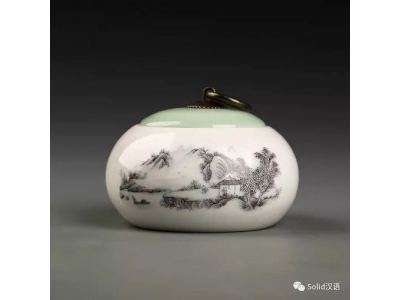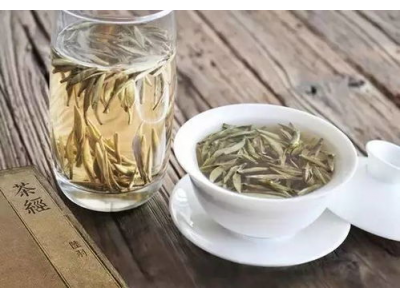This article provides a comprehensive overview of the annual production of Longjing tea, also known as Dragon Well tea, detailing how much tea is harvested each year and some insights into its significance.
Understanding Longjing Tea Production

Longjing tea, a renowned Chinese green tea, is celebrated for its unique flavor, aroma, and flat leaf shape. The tea is primarily grown in Hangzhou, Zhejiang province, and is considered one of the "Top Ten Famous Teas" in China. Longjing tea production is not only a significant agricultural activity in the region but also has cultural and economic implications for local communities. The delicate nature of the tea leaves requires careful harvesting and processing, which must be conducted during specific times of the year to ensure the best quality. Annual production varies, influenced by factors such as weather conditions, cultivation practices, and market demand, leading us to question how many pounds of this exquisite tea are produced each year.
Annual Yield of Longjing Tea
On average, Longjing tea production reaches approximately
2,000 to
4,000 metric tons annually, which translates to about
4.4 million to
8.8 million pounds of tea leaves. The exact figures can fluctuate from year to year due to various factors. In optimal weather conditions, such as a mild spring with adequate rainfall and sunshine, the yield can be higher, while adverse weather conditions can significantly reduce the output. The first flush of Longjing tea is critically important as it is considered the highest quality and is often harvested in early April. During this period, professional tea pickers carefully select tender leaves, a process that can yield several hundred kilograms per day.
Factors Influencing Production Levels
Several factors are pivotal in determining the annual production levels of Longjing tea. Climate plays a crucial role, as adverse weather events like heavy rains or frosts can limit the harvest. Additionally, pest infestations can affect tea plant health, leading to lower yields. Furthermore, the techniques used in cultivation and harvesting significantly impact the quality and quantity of the leaves collected. Traditional methods emphasize careful plucking of the top two leaves and buds, while modern practices may integrate technological advancements to enhance production efficiency. The fluctuation in consumer preferences and global demand for quality teas can also shift the focus of local farmers, thereby influencing how much Longjing tea is produced each year.
In summary, Longjing tea is produced annually in considerable quantities, with estimates ranging from4.4 million to
8.8 million pounds. Various factors contribute to production variability, creating a dynamic environment for this cherished tea. Understanding the elements that affect cultivation can provide deeper insights into this beloved beverage.

